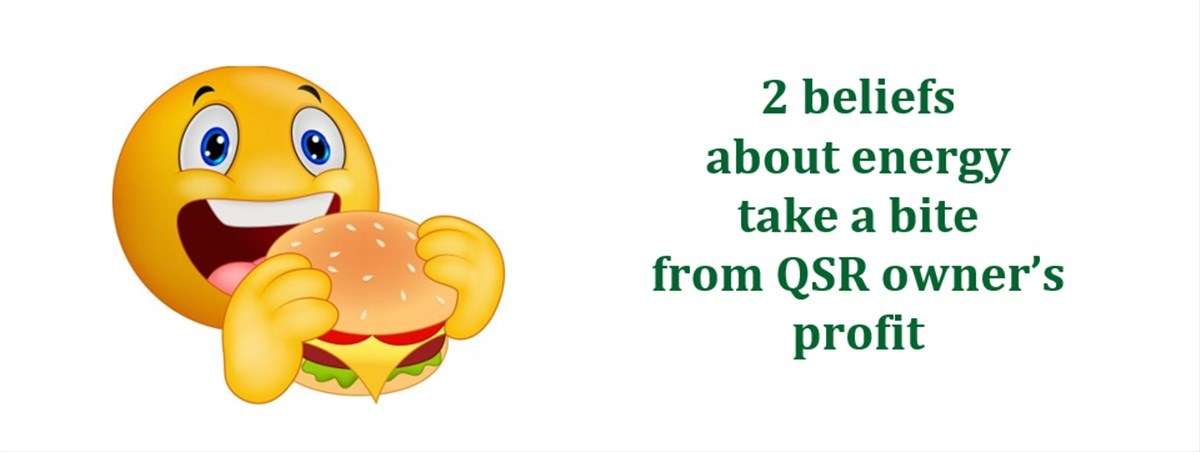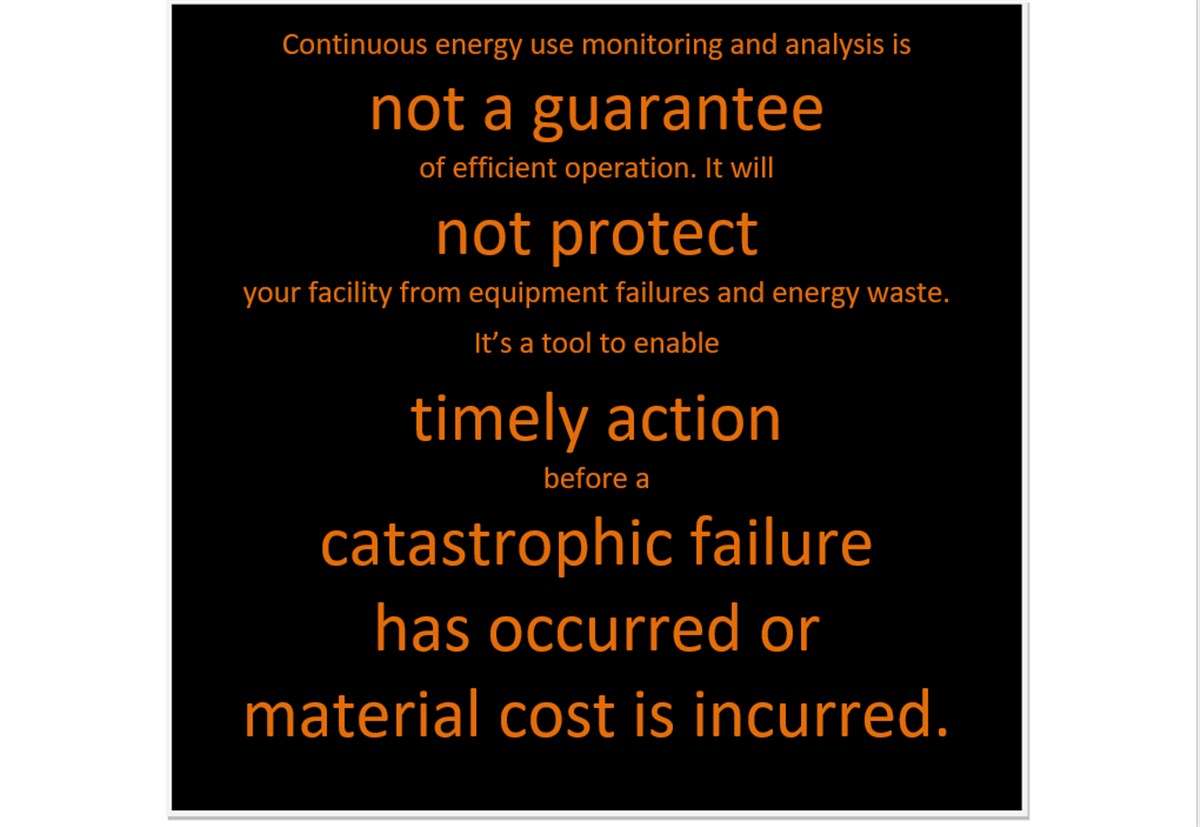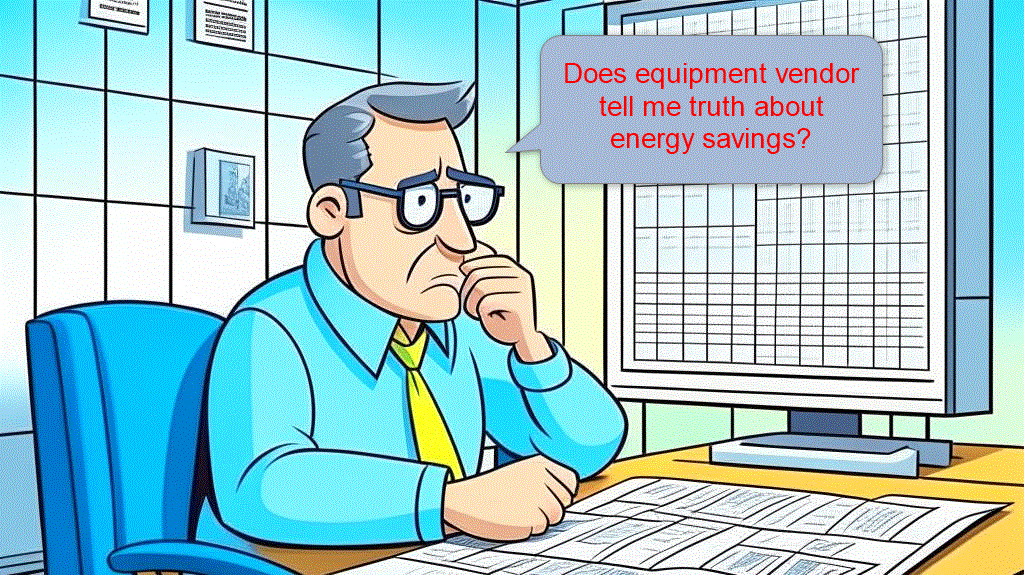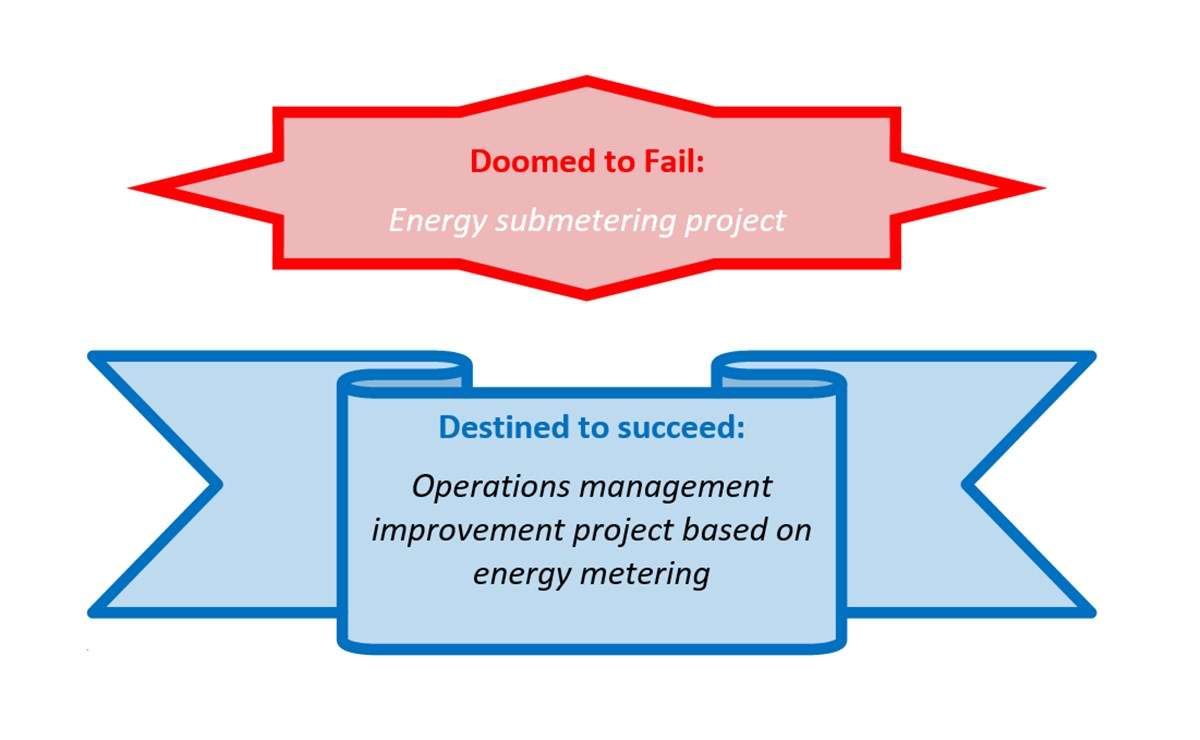In the tough world of quick-service restaurants owners are paid last. After everything and everybody are paid, the remaining profit is all too often modest.
How can a QSR franchise owner increase their take home pay?
Beyond the obvious – selling more and cutting product waste – what can an owner do to boost profit? An often-overlooked cost item is utilities: natural gas, electricity, and water. A typical QSR, like Tim Hortons or McDonald’s, spends $5,000-7,000 each month on utilities. Hardly a major cost, but every dollar saved on utilities goes directly to the bottom-line – it’s an owner’s gain!
Where does energy go in a quick service restaurant?

Information on energy use structure at a QSR was collected by US Energy Administration and compiled into graphs by Friendly Power.
About 80% of electricity and 100% of natural gas are consumed by refrigeration, cooking, HVAC, and water heating. These are all areas where a hard-to-notice malfunction or an operational oversight may easily cause continuous energy waste.
Problem: Energy waste in refrigeration, cooking and HVAC is invisible.
It is possible to fight energy waste with traditional means – audits, equipment check-ups, preventative maintenance – but for a QSR costs of running such programs quickly exceed savings.
The 2 Beliefs stand in the way of turning energy waste into QSR owner’s profit
Belief #1. Energy waste is not worth the owner’s bother
Energy waste in heating, cooling, refrigeration, and ventilation is invisible. In absence of visibility owners consider energy waste is immaterial. “It’s a cost of doing business” and “We have customers to serve, no time and resources to watch energy use” are standard operational procedures.
Belief #2. Finding energy waste at QSR is too expensive
Finding if a particular restaurant wastes energy is a routine audit task. However, since not every restaurant wastes energy, finding wasteful ones in portfolio by auditing all is prohibitively expensive. Besides, even when issues are found and fixed, results can’t be guaranteed to be sustained over time as ‘low hanging fruit tends to grow back’. Therefore, fighting energy waste at QSRs is considered an expensive uphill battle.
In the upcoming posts I intend to demonstrate that both beliefs do not hold water today.
Energy waste in a quick service restaurant is worth the owner’s attention because savings go directly to the bottom line, and it takes a lot of burgers to generate a matching profit. Energy waste in a quick service restaurant can be found at cost of a burger, fries, and pop if modern data analysis technologies are applied to consumption data of big pool of similar restaurants.







Leave A Comment